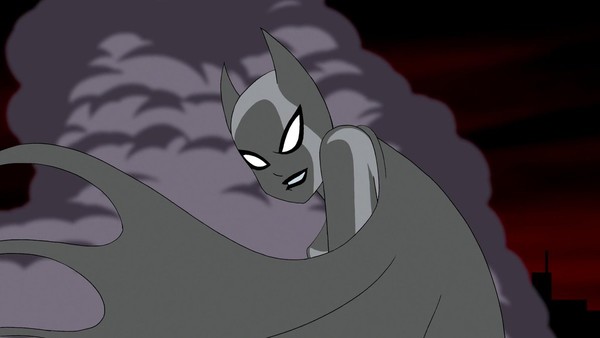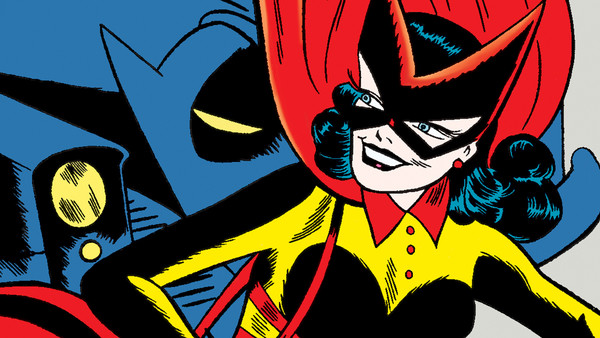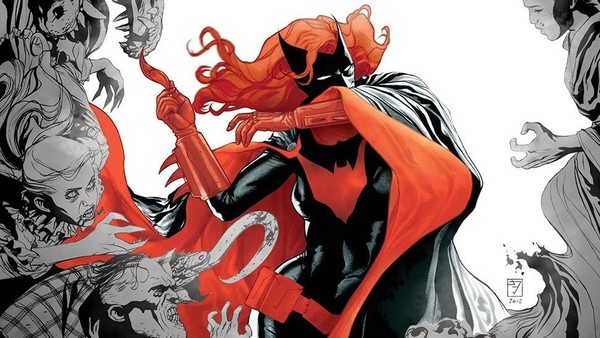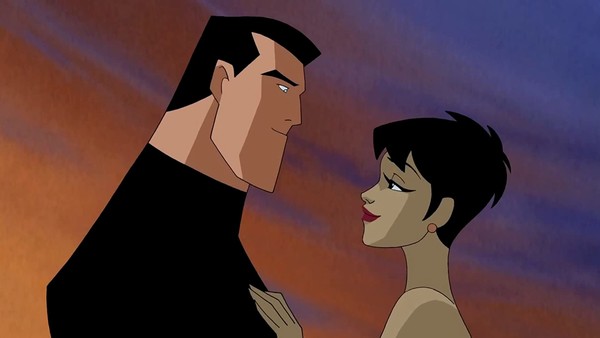The Animated Batman Movie EVERYONE Ignored
Redefining Batwoman: How MOTB Resurrected A Forgotten DC Hero

There are MAJOR SPOILERS from here on in. So, if you haven't watched Mystery of the Batwoman and care about going in blind, now is the time to look away.
So, okay, a little context. Before Kate Kane first burst onto the scene in 2006's 52, gifting readers with a new, LGBTQ* Bat-hero and some seriously brilliant storylines (William Blackman and J. H. Williams III's run is ESSENTIAL), Batwoman as a character had existed before. Not in a good way, but they did once have a key presence in Batman's comics for a while, all the way back during the Silver Age in the 1950s.
Initially created by Edmond Hamilton and Sheldon Moldoff in a bid to counteract speculation that Batman was secretly gay, thanks largely to the work of real-life comic book villain Fredric Wertham and his hysterical work, Seduction of the Innocent (a book that proposed that the American comics industry was the root cause of juvenile delinquency), Batwoman, who was really called Kathy Kane, was introduced as a rival to the Dark Knight in Detective Comics #233.

Now there were several things that were working against Kathy when she was created. For starters she was written by a couple of men in the 1950s, so not off to a good start there. She was also primarily created to be Batman's love interest, and rather than having a utility belt or anything along those lines, she had a utility purse, and drew most of her gadgets from garments and cosmetics. (Sort of like Totally Spies, only not as cool.)
The character was eventually retired in 1964, and then erased from continuity completely with the release of Crisis on Infinite Earths in 1985. Which was a good thing, given she was created primarily to quell homophobic panic and not much else. The modern day Kate Kane being an out gay woman is some seriously delicious poetic justice in that regard.
Now, apart from the extremely awful circumstances that brought Kathy Kane into our world, you will notice a few similarities with the original Batwoman and the one we see in the 2003 movie. First off, they're both introduced as direct rivals to Batman, and secondly, one of the three figures to don the Batwoman identity in the film is called Kathy Duquesne (Kimberly Brooks), who wants to take down her father Carlton after growing tired of his ways, and is the one most romantically linked to the Dark Knight.

That is essentially where the comparisons end however. Kathy shares the Batwoman mantle with GCPD detective Sonia Alcana (Elisa Gabrielli), whose family were put out of business by Rupert Thorne when she was a child, and Rocky Ballantine (Kelly Ripa), whose partner Kevin was framed for a crime he didn't commit by the Penguin.
In handing the mantle to three highly skilled, motivated women, the film found the perfect way of revitalising the Batwoman character. Also, given Javicia Leslie is suiting up as the first live-action Black Batwoman in The CW show this year, it seems even more fitting to return to Mystery of the Batwoman, with both Kathy and Sonia being women of colour.
Any conversation surrounding the DCAU's Batwoman would also be remiss not to mention the stellar costume redesign. Kate Kane's black and red number is still superior, but the grey and rose combination really works and distinguishes the costume from other Batsuits.

Speaking of Kate Kane, one has to wonder if Mystery of the Batwoman at all influenced DC's decision to reboot the character in 2006's 52. Kane's black and red costume was designed by Alex Ross, and was originally going to be used as a Batgirl redesign which would've seen Barbara Gordon take up the mantle once again. DC Editorial decided otherwise though, which led to the creation of Kate Kane from writers Geoff Johns, Grant Morrison, Greg Rucka, Mark Waid and Keith Giffen.
It would be disingenuous to claim that Alan Burnett and Curt Geda's film was instrumental in Batwoman's resurgence, given DC had been discussing the character on-and-off for many years prior, but it deserves to be a part of the conversation. The film provides a really compelling reinvention of the character, and one that should be revisited given the chance.
[Article concludes on next page...]